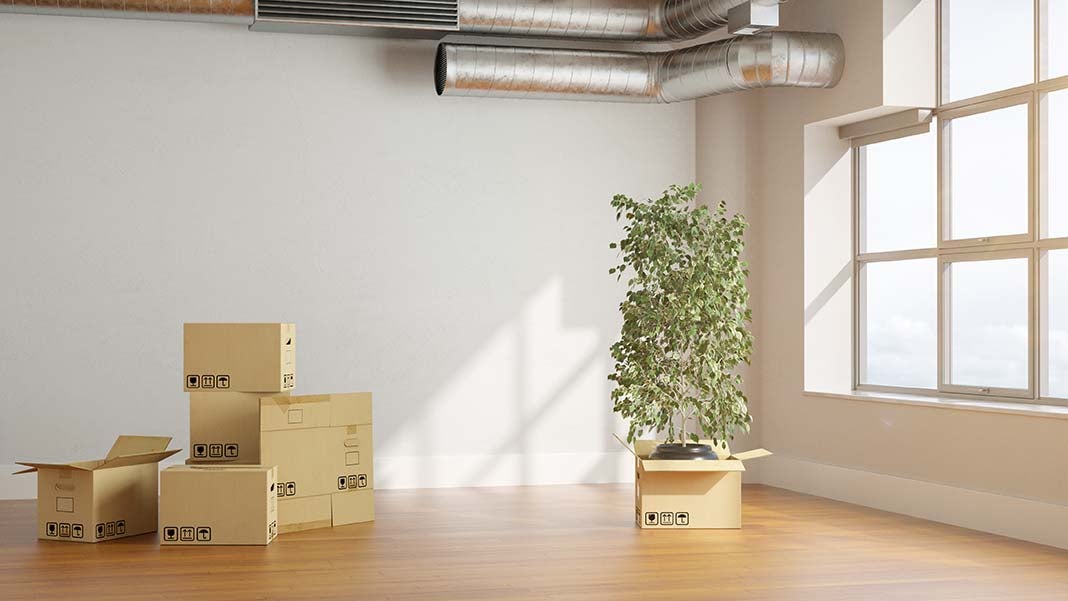
Moving your small business to a new location can seem like a daunting task. You may feel stressed about the possibility of the project costing too much money or taking too much time. You may also be fearful about the impact that a move could have on your employees and your customers.
While these are only a few of the common concerns that small business owners may have, you may also understand that a relocation is essential for the continued growth of your business. You can streamline the relocation process and reduce the chance of running into snags and pitfalls when you follow these tips.
1. Choose Your Space
Before you make any efforts to schedule movers, pack boxes or even budget for the relocation, you must research the market. Working with a real estate agent who is familiar with commercial properties in your market is helpful. The agent could potentially help you to identify a great space that meets your needs and that has a suitable location for your customers and employees.
Your real estate agent may also assist you with negotiating better lease terms. Before you sign the lease and execute your plans to move into the space, you need to proceed with the next step and create a budget.
2. Create a Budget
When you have a good approximation of what your rental rate and lease terms will be, you need to crunch the numbers to ensure that you can afford the space. Some commercial leases may require you to be responsible for utilities, property taxes, insurance, property repairs and other expenses.
In addition, some commercial leases have a flat monthly rate, and others may be based on a percentage of your sales or some other configuration. All aspects of your budget must carefully be reviewed with the projected lease terms in place.
You also need to figure out if you can afford to pay the deposits and other up-front fees. If you decide that the current space is not ideal for your company’s financial situation, you can always go back to the drawing board and look for other properties.
3. Plan Your Layout
Another excellent step to take before you sign a lease is to plan your layout. All businesses have specific needs and desires in a commercial space. You need to ensure that the space can be configured to meet your needs and hopefully most of your desires.
Depending on the type of property that you are leasing, think about where each of your furnishings will be placed in your new commercial space. Consider how your needs for furnishings as well as various types of office equipment may change because of your expansion. In some cases, you may find that your current furniture and equipment are no longer ideal for your needs.
Rather than pay to relocate that furniture or equipment before turning around to sell it, consider getting rid of it before your relocation. You can have the new items that you truly need delivered in your new space as soon as you move in.
4. Book Moving Services
If you have a very small business, you may want to save money and move your belongings on your own or with the help of a close friend. However, if you need to move even several rooms of furniture and equipment, hiring movers is a great idea. Remember that movers have the skills, strength and equipment to complete the relocation effort quickly. This can minimize downtime. It can also help you to preserve your energy so that you can focus on getting settled in.
Remember that some moving companies that offer commercial services may offer evening and weekend services. When you time your relocation well, you may be able to eliminate downtime altogether.
5. Prepare an Office Move Checklist
The next step is to actually begin the process of moving, and a moving offices checklist can be beneficial in this case. When you take the time to create an office moving checklist, you can organize the process before you get started. An office move checklist may outline which areas of your current space you plan to pack up and when.
In addition, a moving offices checklist may also identify which service providers or vendors you need to call to transfer service and when you should do so. Steps related to selling or donating existing furniture and buying new items that are more suitable for your needs may also be included on your checklist.
The mere thought of relocating to a larger space can be exciting and intimidating at the same time. While you may welcome the growth and change, you may be stressed about the actual process of moving.
Preparing a comprehensive strategy for handling the relocation is a wonderful idea, and you can use these tips to help you plan your relocation successfully.
4330 Views












